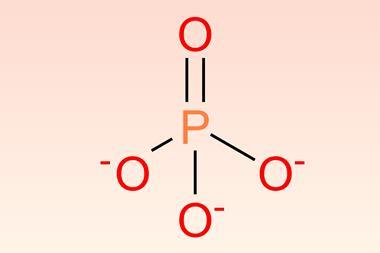US and German chemists have recreated an alien molecule in the laboratory
US and German chemists have recreated an alien molecule in the laboratory by synthesising a stable version of the carbene cyclopropenylidene.
Cyclopropenylidene was first detected by radio astronomers in 1985, and is now the most abundant cyclic hydrocarbon observed in interstellar space, found in molecular clouds, circumstellar shells and even other galaxies. On Earth cyclopropenylidene is highly reactive, and acts as an intermediate in numerous organic chemical reactions. All previous efforts to isolate it in the laboratory have failed.
Guy Bertrand from the University of California, Riverside, and colleagues at Fakult?t f?r Chemie der Universit?t in Bielefeld, Germany, managed to stabilise cyclopropenylidene by attaching amino groups - which had already been used to stabilise related cyclopropenium salts.
Bertand and his team added dry diethyl ether to a mixture of cyclopropenium tetraphenylborate and potassium bis(trimethylsilyl)amide. 13C nuclear magnetic resonance analysis showed the formation of bis(diisopropylamino)cyclopropenylidene. After removing potassium tetraphenylborate from the mixture, Bertrand’s team produced yellow cyclopropenylidene crystals that were stable at room temperature.
Studying this stable cyclopropenylidene compound may help reveal how carbon-bearing molecules form in the depths of space, say the researchers. It could also ’help us constrain the carbon chemistry that was a pre-requisite for the formation of habitable planets and life,’ explained Max Bernstein, an astrochemist at the Nasa Ames Research Center in California. ’Plus, as a chemist, I think it’s just really cool that someone has made a carbene that is stable at room temperature,’ Bernstein added.
Jon Evans
References
et alScience Express (DOI: 10.1126/science.1126675)






No comments yet